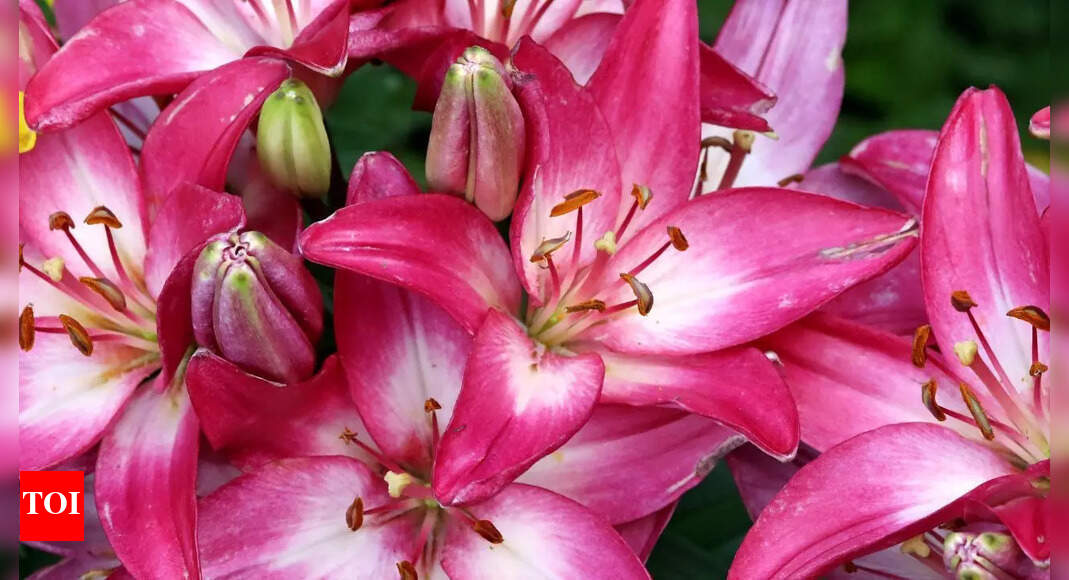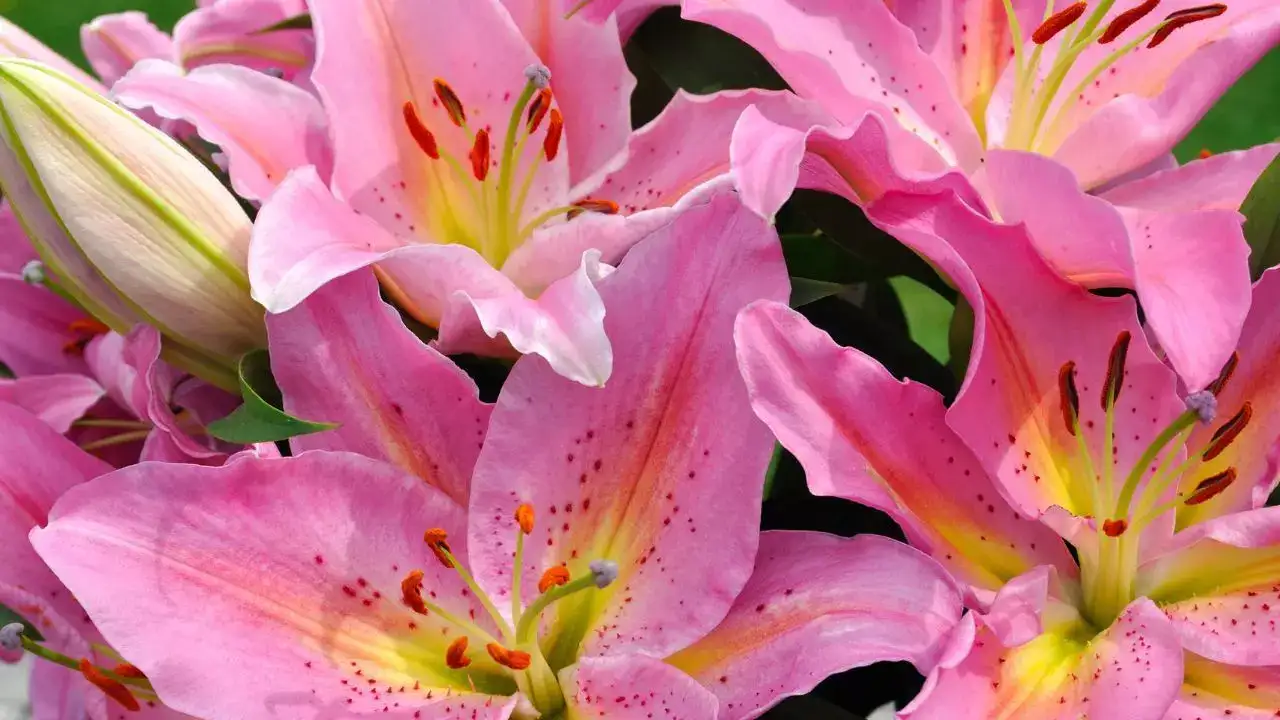
Lilies aren’t just flowers, they’re elegance on a stem. Whether you’re dreaming of a fragrant garden corner or adding drama to your patio pots, lilies are the showstoppers you need. But these stunning blooms don’t just appear with a wave of a trowel. They need the right timing, soil, care, and a little know-how. Don’t worry, we’ve got you covered with everything from bulb basics to bloom-boosting tricks. Here’s a few tips on how to grow lilies that will make your neighbours stare (in a good way).
Grow lilies in your garden with these simple tips
Choose the right type of lily

Lilies come in many varieties, and each brings a different mood to your garden. Oriental lilies are known for their sweet fragrance and large blooms, while Asiatic lilies offer vibrant colours and earlier flowering. If you like a wild look, tiger lilies add a bold, speckled flair. Choose the type based on your garden’s vibe and how much scent you’re okay with, some lilies can perfume an entire room.
Plant at the right time
Lilies need a cold period to develop strong blooms, so timing your planting is crucial. For most regions in India, the best time to plant is between October and December, before the winter chill sets in. If you’re in a warmer climate, early spring works too, just make sure the soil isn’t too warm or soggy.
Get the depth and spacing right
When planting lily bulbs, the general rule is to plant them about three times deeper than their height, usually 6 to 8 inches deep. Space them about 8 to 12 inches apart to give each bulb enough room to grow without competing for nutrients. This spacing also improves airflow, reducing the risk of fungal issues.
Prepare the perfect soil
Lilies thrive in well-draining, slightly acidic to neutral soil. If your garden soil is heavy or clay-like, mix in compost and sand to improve drainage. Good drainage is key, soggy soil leads to rotting bulbs. For potted lilies, use a lightweight potting mix in deep containers with proper drainage holes.
Pick a sunny spot
Most lilies love sunlight and need at least 6 hours of it each day. While they enjoy full sun, a bit of afternoon shade can protect them from harsh heat, especially in peak summer. If your garden gets less light, opt for varieties like Martagon lilies that tolerate partial shade.
Water wisely
Water lilies deeply but infrequently. Let the top couple of inches of soil dry out between waterings. Overwatering can rot the bulbs, so avoid keeping the soil constantly moist. Mulching around the base can help retain moisture and keep the roots cool during summer.
Feed them during growth
Lilies aren’t heavy feeders, but they do appreciate a little boost. Use a balanced liquid fertiliser during the growing season, especially in spring and early summer. Avoid fertilisers high in nitrogen, they’ll encourage leaves at the expense of blooms.
Stake tall varieties

Some lilies grow tall and elegant, but they can be a bit top-heavy, especially during windy days or after rain. Stake taller varieties early to prevent them from bending or snapping. Use soft ties to avoid damaging the stems.
Deadhead to keep them blooming
After the flowers fade, remove the spent blooms to prevent the plant from putting energy into seed production. Leave the green stems and leaves, they continue to photosynthesise and help the bulb recharge for next year. Only cut back once the foliage turns yellow or brown.
Keep pests in check
Lilies are relatively low-maintenance but can fall prey to red lily beetles, aphids, or slugs. Regularly inspect your plants, and if pests show up, treat with neem oil or insecticidal soap. Companion planting with marigolds or garlic can also help deter unwanted visitors.Lilies are one of the most rewarding flowers to grow. With just a bit of planning and care, they’ll return year after year with tall stems and stunning blooms. Whether you’re working with garden beds or balcony pots, these tips will help you create a space that blooms with grace and smells incredible too.Also read| How to grow cherry tomatoes from seeds (even if you’ve never gardened before)







